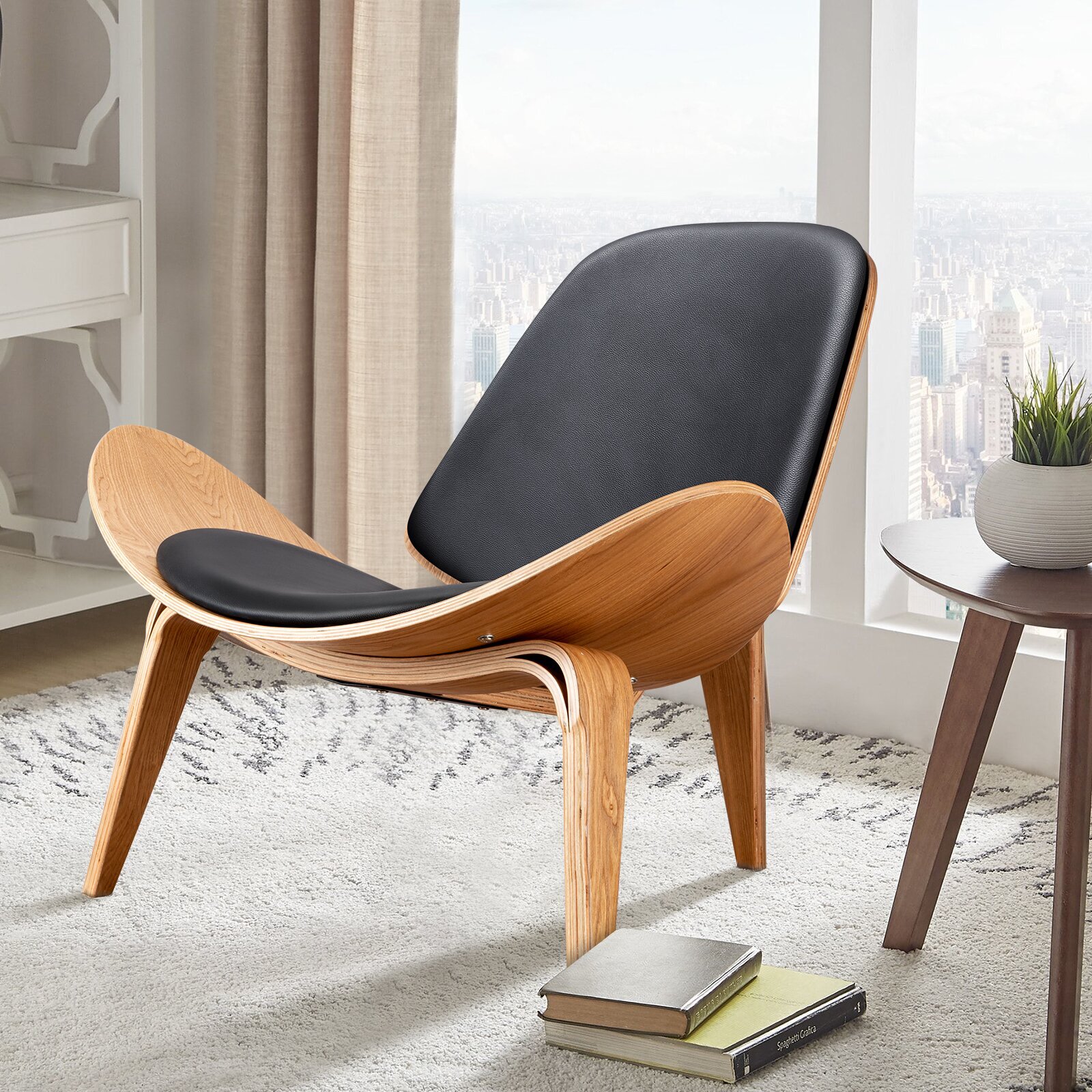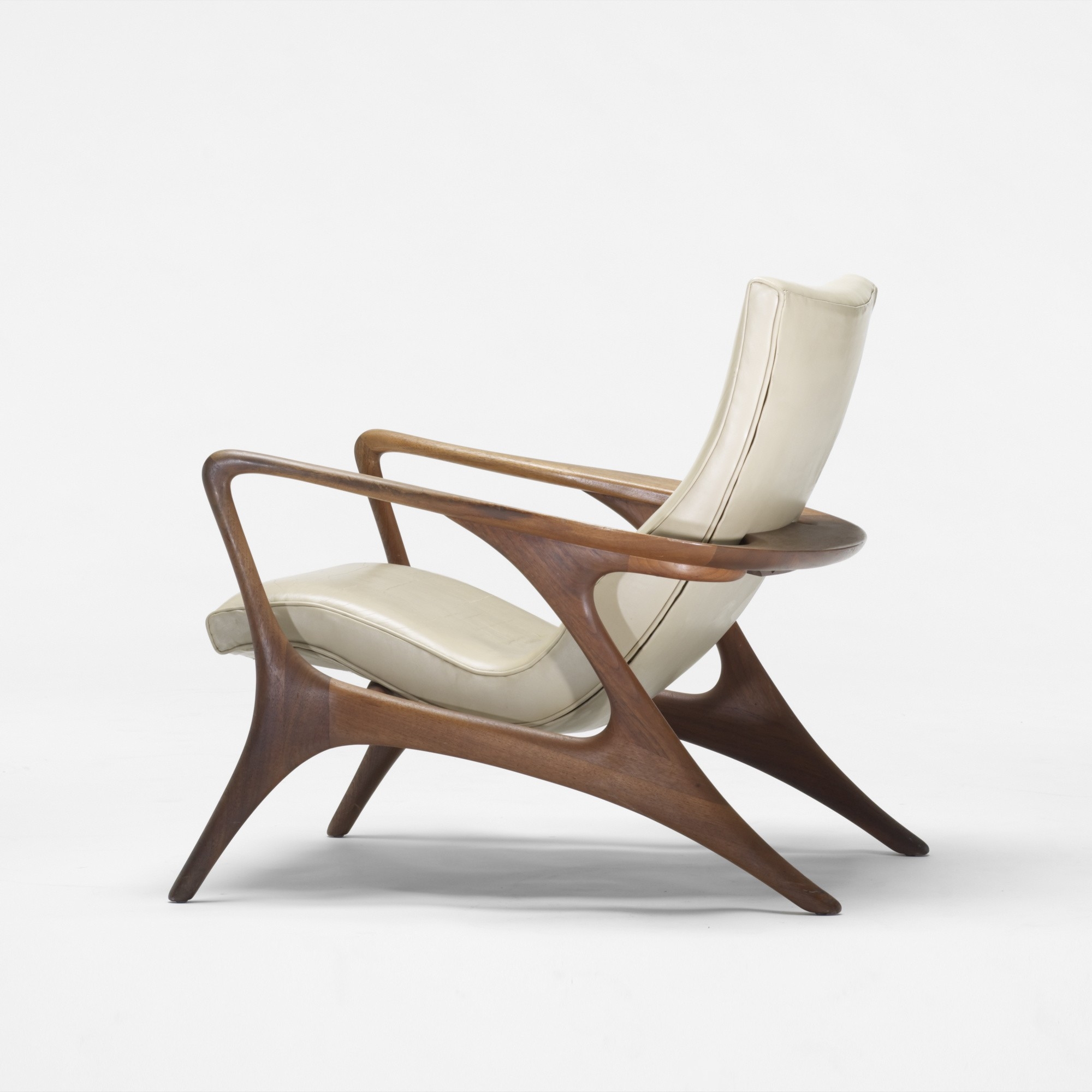The Evolution of Mid-Century Modern Danish Lounge Chairs

The mid-20th century witnessed a remarkable transformation in furniture design, particularly in Denmark. This period, often referred to as the “Golden Age” of Danish design, saw the emergence of a distinct style that emphasized functionality, craftsmanship, and aesthetics, deeply influencing the global design landscape. The evolution of mid-century modern Danish lounge chairs, a cornerstone of this movement, is a testament to the ingenuity and vision of a generation of talented designers.
The Historical Context of Danish Design in the Mid-20th Century
The rise of mid-century modern Danish design was not a sudden phenomenon but rather a culmination of several factors. The economic prosperity following World War II, coupled with a growing interest in functionalism and minimalism, provided fertile ground for design innovation. The Danish government actively supported design education and industry, fostering a collaborative environment between designers, manufacturers, and consumers. This environment encouraged the development of furniture that was both beautiful and practical, addressing the needs of a rapidly changing society.
Key Designers and Their Contributions to the Danish Lounge Chair Style
Several prominent designers played pivotal roles in shaping the Danish lounge chair style. These individuals, through their innovative designs and unwavering commitment to quality, left an enduring legacy on the world of furniture.
- Arne Jacobsen: One of the most influential Danish designers, Jacobsen’s work epitomized the principles of modernism. His iconic Swan and Egg chairs, designed for the SAS Royal Hotel in Copenhagen, are celebrated for their organic forms and sculptural elegance. These chairs, with their distinctive curves and cantilevered bases, redefined the concept of the lounge chair, pushing the boundaries of comfort and style.
- Hans J. Wegner: Known for his meticulous craftsmanship and unwavering attention to detail, Wegner is considered a master of the lounge chair. His “The Chair,” designed for the 1950 presidential election in the United States, is a testament to his design philosophy. This chair, with its simple yet elegant lines and impeccable construction, became a global icon, representing the essence of Danish design.
- Finn Juhl: A pioneer of modern furniture design, Juhl’s work was characterized by its organic forms and expressive lines. His Chieftain Chair, designed in 1949, is a prime example of his signature style. This chair, with its flowing curves and sculptural back, embodies the spirit of the mid-century modern movement, seamlessly blending form and function.
- Poul Kjærholm: Kjærholm’s designs were renowned for their minimalist aesthetics and emphasis on functionality. His PK22 lounge chair, with its slender steel frame and leather upholstery, is a testament to his approach to design. This chair, characterized by its simplicity and elegance, became a timeless classic, embodying the spirit of Danish modernism.
Iconic Mid-Century Modern Danish Lounge Chairs and Their Defining Features
The mid-century modern Danish lounge chair movement produced numerous iconic designs, each with its unique features and aesthetic appeal. These chairs, often characterized by their organic forms, handcrafted details, and emphasis on comfort, continue to inspire designers and collectors worldwide.
- The Swan Chair (Arne Jacobsen, 1958): This chair, with its distinctive swan-like form, is a testament to Jacobsen’s innovative approach to design. Its molded fiberglass shell, supported by a slender, elegant base, provides both comfort and visual appeal.
- The Egg Chair (Arne Jacobsen, 1958): Another iconic design by Jacobsen, the Egg Chair is known for its enveloping, cocoon-like shape. This chair, designed for the SAS Royal Hotel, provides a sense of privacy and comfort, making it ideal for intimate spaces.
- The Chieftain Chair (Finn Juhl, 1949): Juhl’s Chieftain Chair is a masterpiece of organic design. Its flowing curves, inspired by the shape of a chieftain’s chair, create a sense of movement and grace. This chair, with its sculpted back and elegant base, embodies the spirit of mid-century modernism.
- The PK22 Lounge Chair (Poul Kjærholm, 1957): Kjærholm’s PK22 Chair is a testament to his minimalist approach to design. Its slender steel frame and leather upholstery create a sense of lightness and elegance. This chair, with its simple yet sophisticated design, has become a timeless classic.
Design Principles of Mid-Century Modern Danish Lounge Chairs: Mid Century Modern Danish Style Lounge Chair

Mid-century modern Danish lounge chairs embody a distinct design philosophy rooted in Scandinavian design principles. These chairs are celebrated for their elegance, functionality, and timeless appeal, reflecting a harmonious blend of form and function.
Scandinavian Design Principles
Scandinavian design principles profoundly influenced the design of these chairs. These principles emphasize simplicity, functionality, and natural materials. Danish designers aimed to create furniture that was both beautiful and practical, seamlessly integrating into everyday life.
- Simplicity: Danish designers favored clean lines, uncluttered forms, and a minimalist aesthetic. This approach focused on essential elements, avoiding unnecessary ornamentation or embellishments.
- Functionality: Danish design prioritized practicality and usability. Chairs were designed to be comfortable and adaptable to various settings, whether in homes, offices, or public spaces.
- Natural Materials: Danish designers embraced natural materials such as wood, leather, and textiles. These materials were chosen for their durability, beauty, and sustainable qualities.
Use of Materials
Danish lounge chairs showcase the skillful use of materials.
- Wood: Danish designers often utilized wood, particularly teak and oak, for its strength, warmth, and natural beauty. The wood was typically crafted with meticulous attention to detail, showcasing the inherent grain patterns and textures.
- Leather: Leather was another popular material, chosen for its durability, comfort, and rich aesthetic. The leather was often tanned and treated to achieve a soft, supple texture, enhancing the seating experience.
- Textiles: Textiles played a significant role in adding comfort and visual interest. Danish designers favored wool, cotton, and linen, selecting colors and patterns that complemented the overall design aesthetic.
Functionality, Comfort, and Aesthetics
Danish lounge chairs excel in their balance of functionality, comfort, and aesthetics.
- Functionality: The chairs were designed to be ergonomic and adaptable, providing comfortable seating for extended periods. The chairs often featured adjustable features, allowing users to customize their seating position.
- Comfort: Danish designers prioritized comfort, incorporating elements like generous cushioning, supportive backrests, and carefully sculpted forms.
- Aesthetics: Danish lounge chairs are renowned for their elegant and timeless designs. The combination of natural materials, clean lines, and understated details creates a sense of sophistication and refinement.
The Enduring Legacy of Mid-Century Modern Danish Lounge Chairs

The enduring popularity of mid-century modern Danish lounge chairs is a testament to their timeless design and enduring appeal. These chairs, born from a cultural moment defined by optimism and innovation, continue to grace homes and public spaces, seamlessly blending with contemporary aesthetics. Their lasting influence can be attributed to a potent combination of design principles, craftsmanship, and the enduring appeal of their minimalist forms.
Reasons for Enduring Popularity
The enduring popularity of these chairs stems from several key factors:
- Timeless Design: Mid-century modern Danish lounge chairs were designed with an emphasis on functionality and simplicity, creating a timeless aesthetic that transcends trends. Their clean lines, minimalist forms, and focus on comfort have ensured their relevance across generations.
- High-Quality Craftsmanship: The chairs are renowned for their meticulous craftsmanship, often utilizing high-quality materials like leather, wood, and metal. The meticulous attention to detail and the use of durable materials contribute to their longevity and enduring appeal.
- Comfort and Functionality: These chairs are designed for comfort and functionality, offering ergonomic support and a sense of relaxation. Their versatility makes them suitable for a range of spaces, from living rooms to offices.
- Cultural Significance: Mid-century modern Danish design, in general, is associated with a period of cultural and economic prosperity, evoking a sense of optimism and sophistication. The chairs serve as tangible reminders of this era and its enduring influence.
Comparison with Modern Interpretations
While modern interpretations of these iconic chairs often retain the core design principles, they also incorporate contemporary materials and technologies.
- Material Innovations: Modern interpretations often utilize new materials, such as sustainable plastics or innovative fabrics, while maintaining the minimalist aesthetic. These materials offer a balance between functionality and environmental consciousness, reflecting contemporary design sensibilities.
- Technological Advancements: Some modern interpretations integrate technological advancements, such as adjustable features or integrated lighting, enhancing both functionality and aesthetics.
- Aesthetic Variations: Modern interpretations may explore different color palettes, textures, and finishes, allowing for greater personalization and contemporary expression while staying true to the original design ethos.
Iconic Danish Lounge Chairs, Mid century modern danish style lounge chair
The following table showcases several iconic Danish lounge chairs, highlighting their unique features:
| Chair | Designer | Year of Design | Materials | Key Characteristics |
|---|---|---|---|---|
| The Egg Chair | Arne Jacobsen | 1958 | Leather, fiberglass, steel | Organic, enveloping form, providing privacy and comfort. |
| The Swan Chair | Arne Jacobsen | 1958 | Leather, fiberglass, steel | Sculptural, flowing lines, reminiscent of a swan’s neck. |
| The Series 7 Chair | Arne Jacobsen | 1955 | Laminated wood, steel | Stackable, lightweight, and versatile, suitable for various spaces. |
| The Barcelona Chair | Mies van der Rohe | 1929 | Leather, steel | Iconic, minimalist design, featuring a bold and geometric form. |
| The Wishbone Chair | Hans J. Wegner | 1949 | Solid wood, paper cord | Distinctive Y-shaped backrest, providing both comfort and visual appeal. |